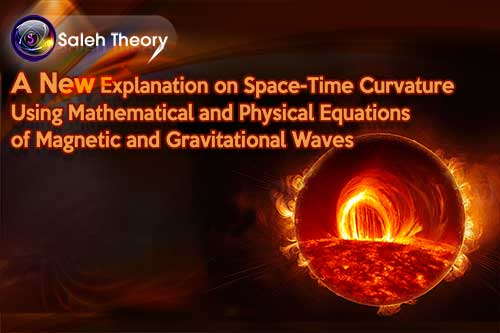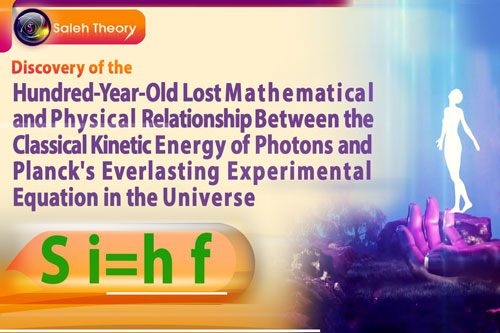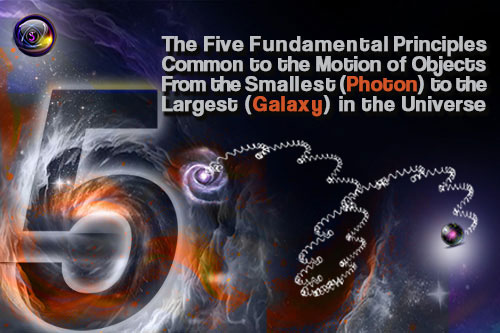
The Five Fundamental Principles Common to the Motion of Objects From the Smallest (Photon) to the Largest (Galaxy) in the Universe
1. From the smallest to the largest, objects have intrinsic motion:
From the smallest particles to the largest objects (such as photons, electrons, atomic nuclei, planets, stars, black holes, galaxies, etc.), even the Universe itself, have rotational motion round an axis passing through their centre.

2. All particles or celestial objects possess an orbital path:
If we examine a particle (like an electron), a planet (like the Earth), or a star (like our Sun), it's obvious that they all follow a closed-curved trajectory. In fact, all objects or particles exhibit closed-curved motion within any system or structure, be it a celestial galaxy or any other.

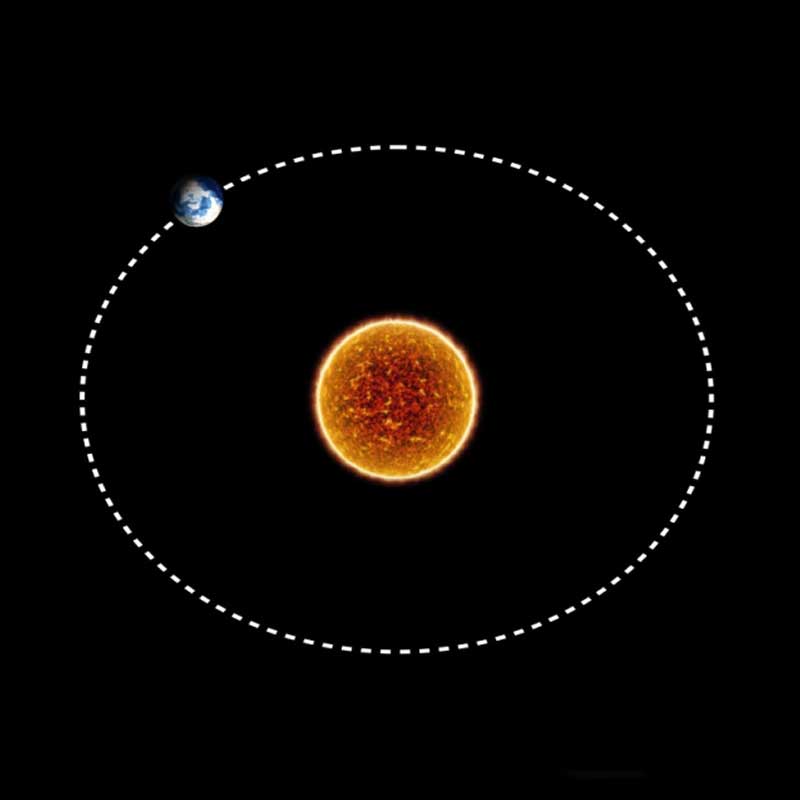
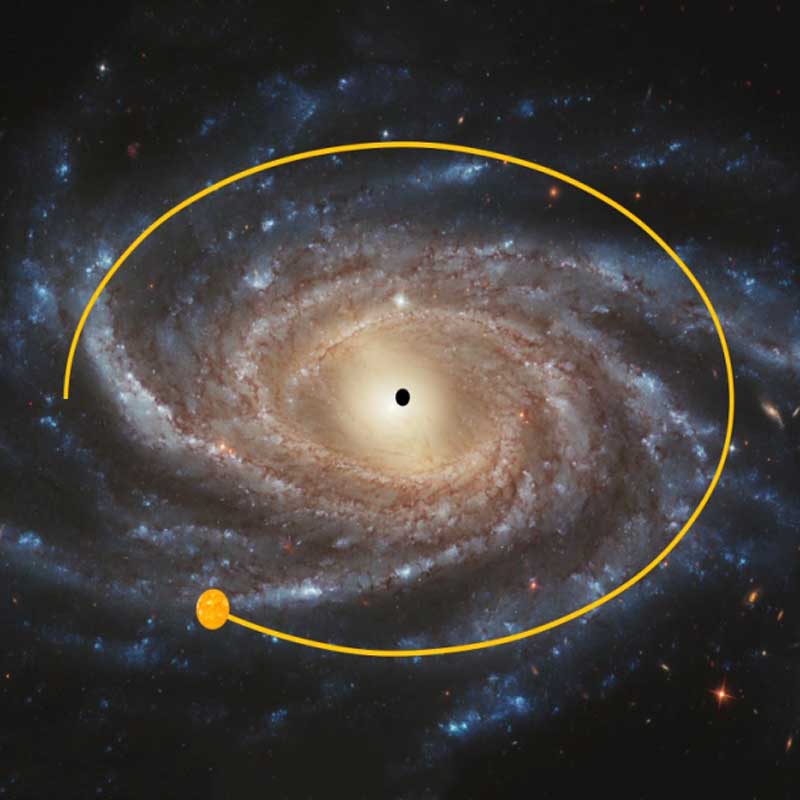
3. Within any closed-curved structure there is a constant relative speed:
Let's consider the structure of an atom, where electrons orbit the nucleus, planets orbit in their solar system, or stars orbit in galaxies. In all of these structures and systems of motion, the average speed of particles or objects remains constant over one period.



For further explanation, it must be noted that in this structure of the Universe, a vast amount of energy was released during its early stages, during which particles and celestial objects eventually reached an equilibrium state. In this state of equilibrium, the orbital model of their structure and their relative speed have reached relative equilibrium. In this state, structures, speeds, etc., have converged to a similar uniformity. In fact, it can be said that the Universe has reached a state of complete homogeneity.

4. For all particles and celestial objects, two types of motion, linear and rotational, can be considered:
Considering that the Big Bang phenomenon is an actual and real occurrence in which the primordial particles of the Universe were propelled as a result of a massive explosion, one can envisage both linearly accelerating motion and rotational motion for any particle or celestial object. In linearly accelerating motion, the acceleration is negative, whereas, in rotational motion, the rotational speed of particles and celestial objects will always increase.
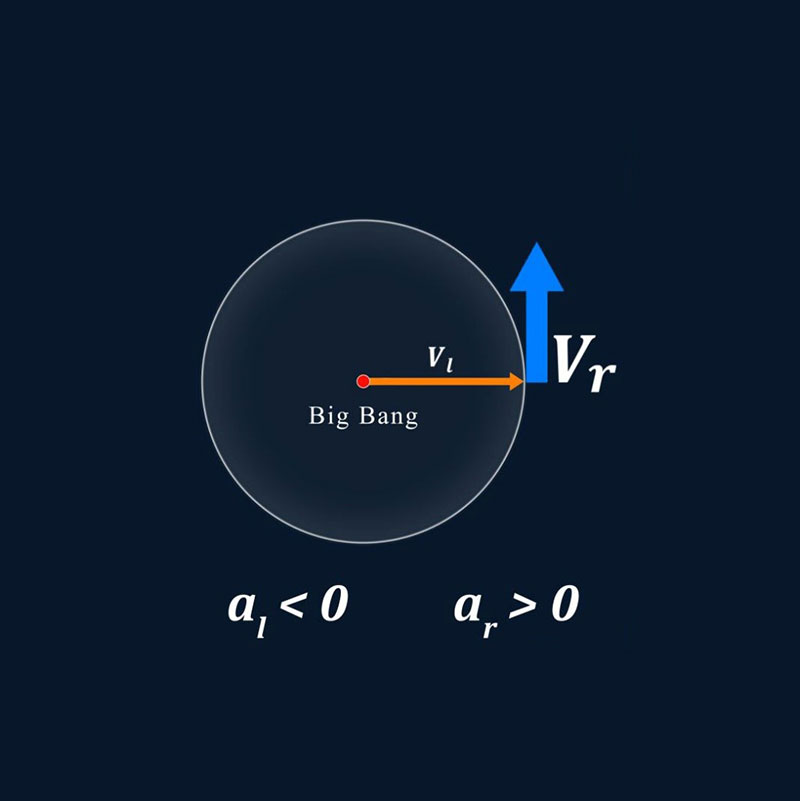
5. When the motion path of particles or celestial objects exceeds two paths, we will have a helical motion:
Taking our Moon for instance, within the Solar System as the Earth revolves around the Sun and the Moon revolves around the Earth, if we were to depict the path of the Moon, it would exhibit a helical motion."
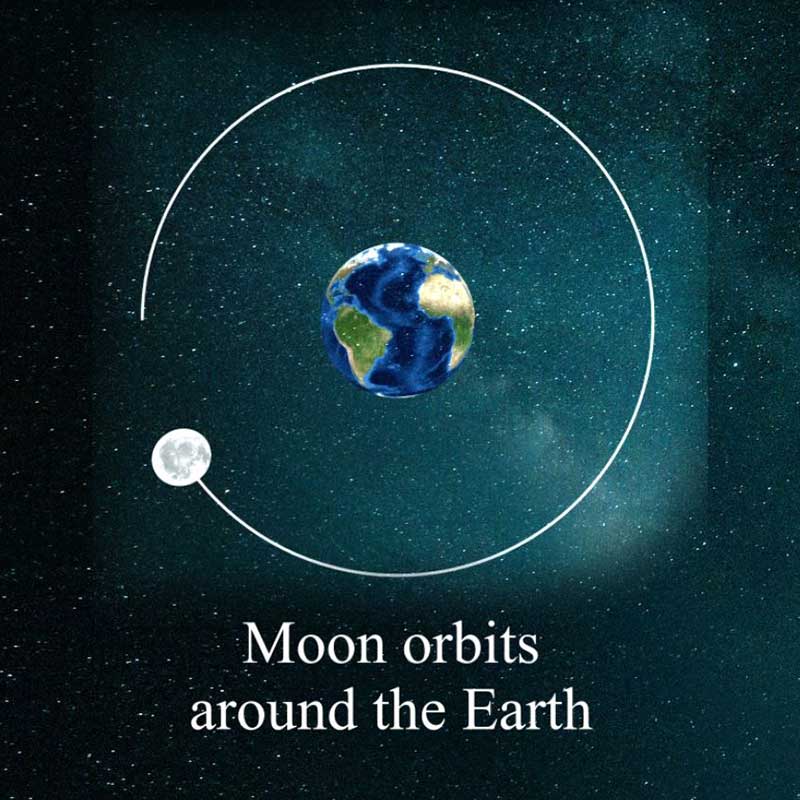
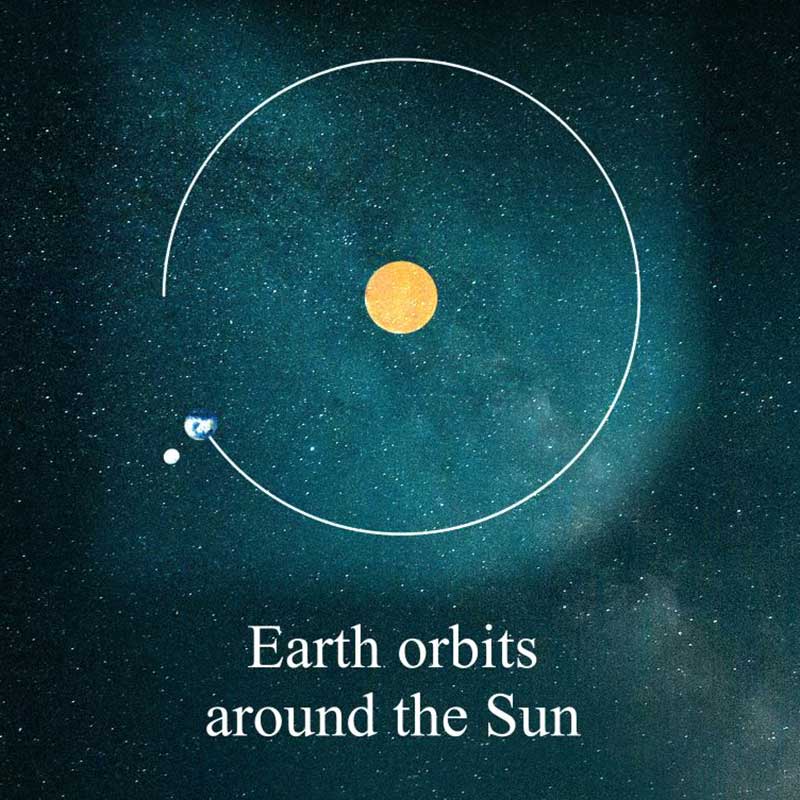
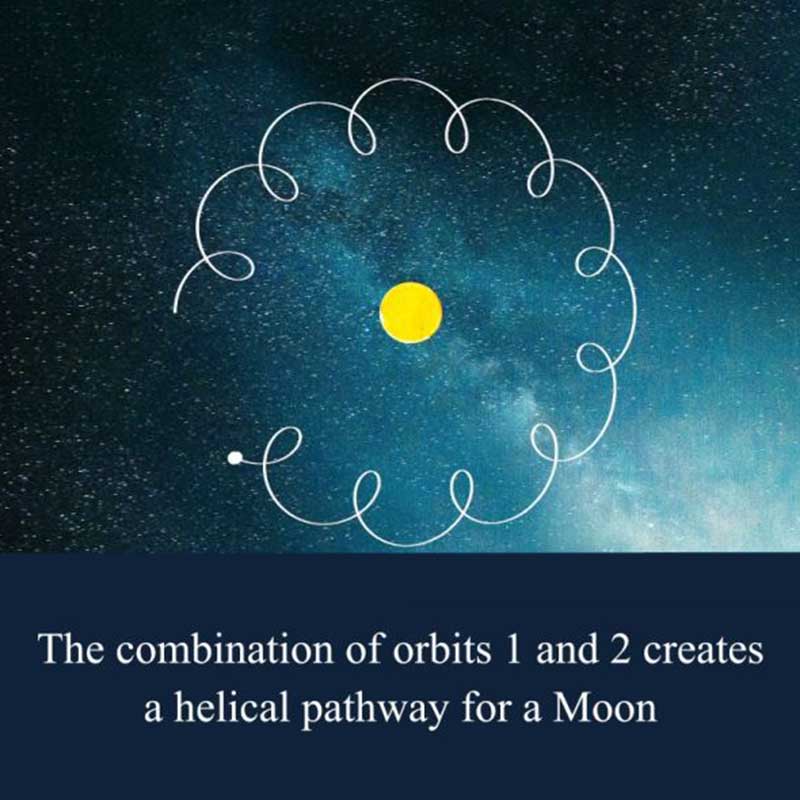
In fact, it can be stated that for any moving object with two paths of motion, its motion will be helical. Moreover, if there are “n” paths of motion, it will involve “n - 1” helical movements.
For example, within the Milky Way galaxy, when the Sun orbits around the central black hole of the galaxy, the Earth traverses its path helically. Furthermore, the Moon in the sky will have two nested helical motions in this system.

Articles
